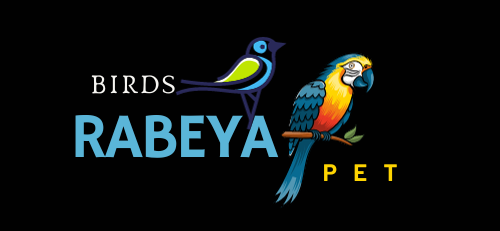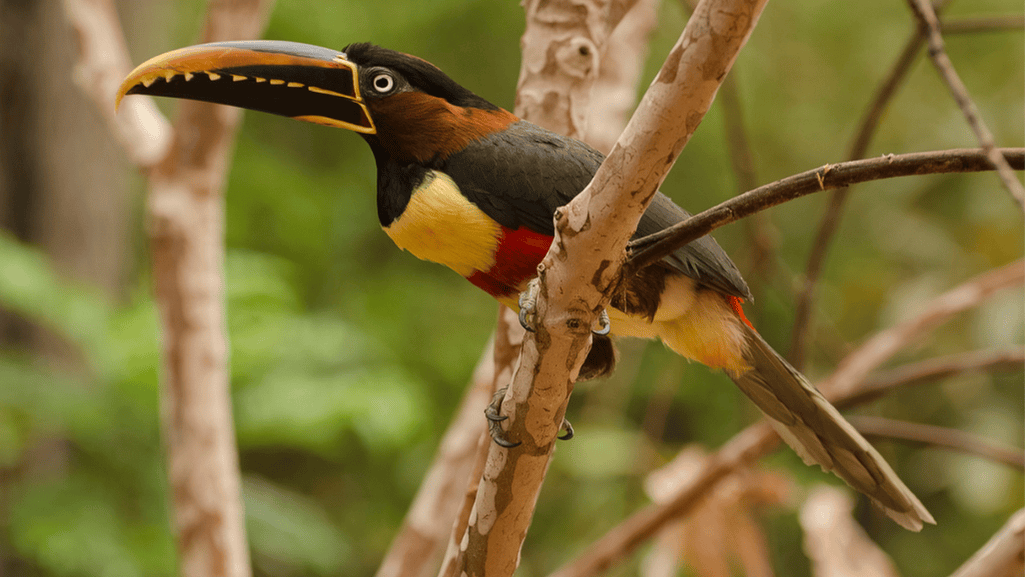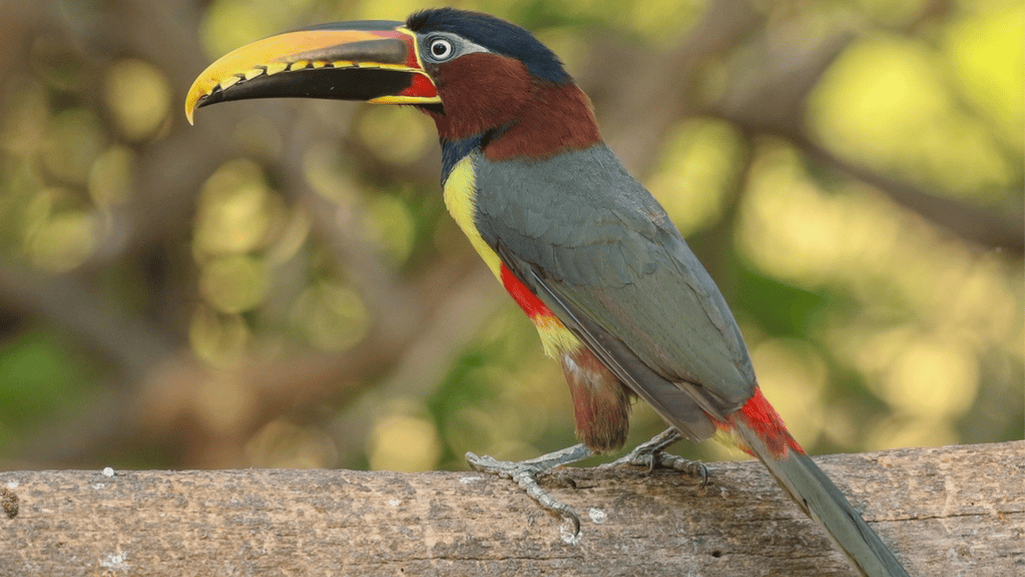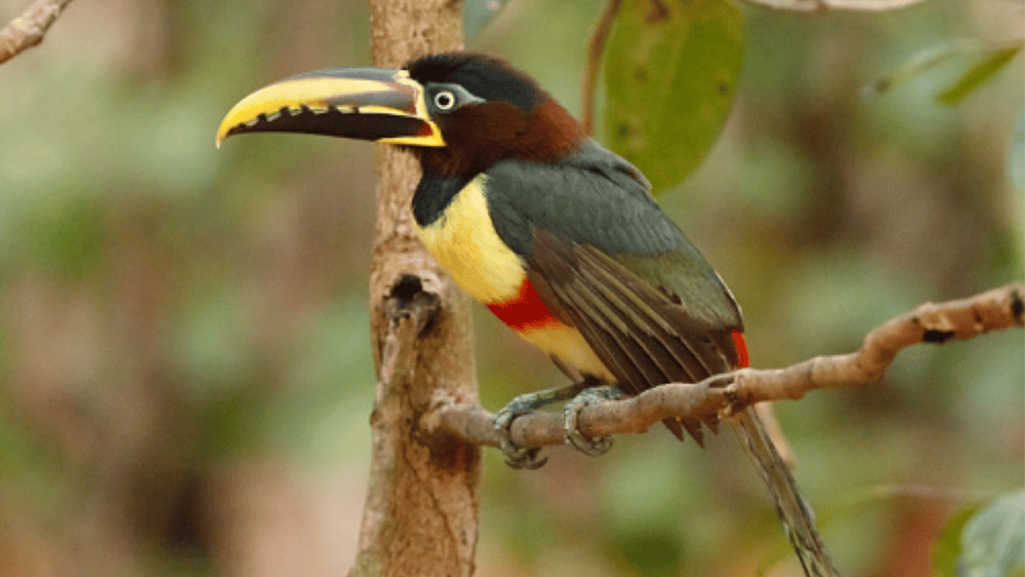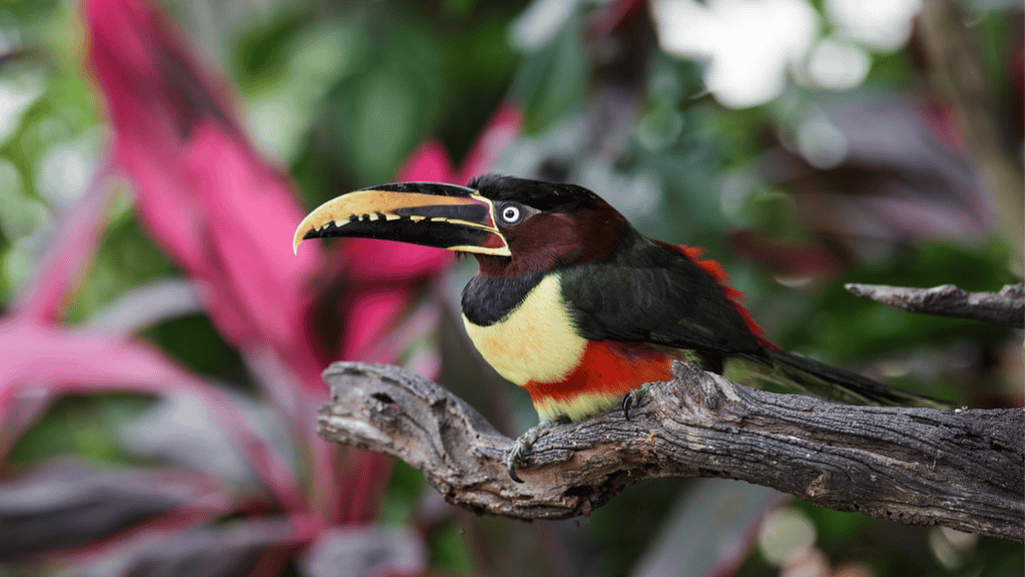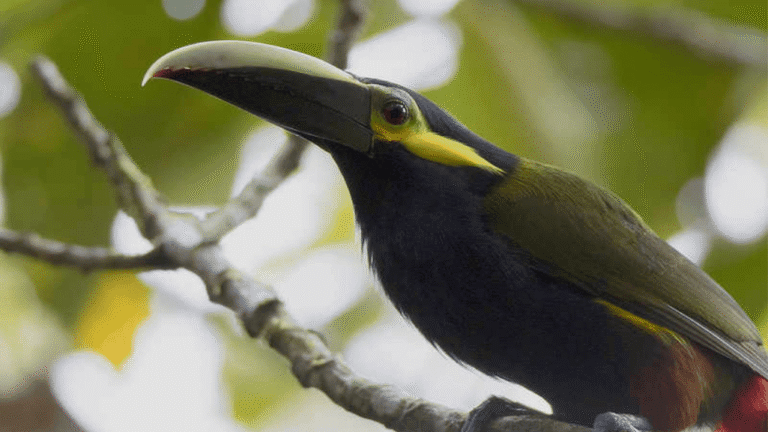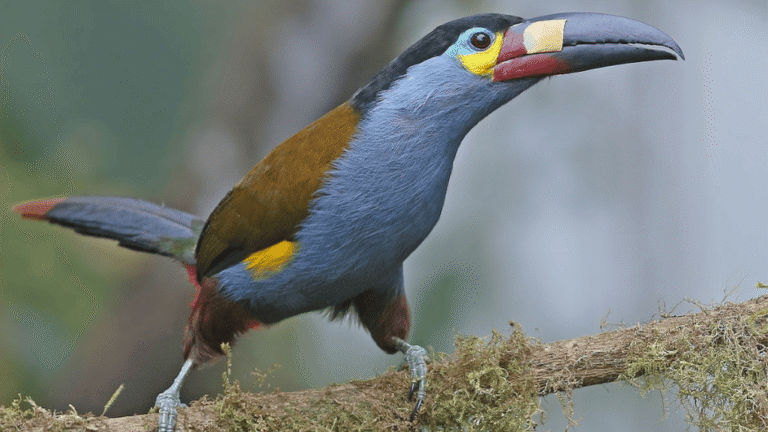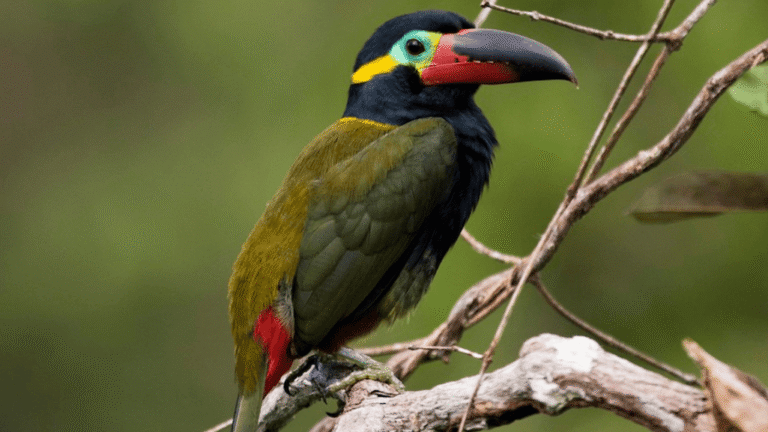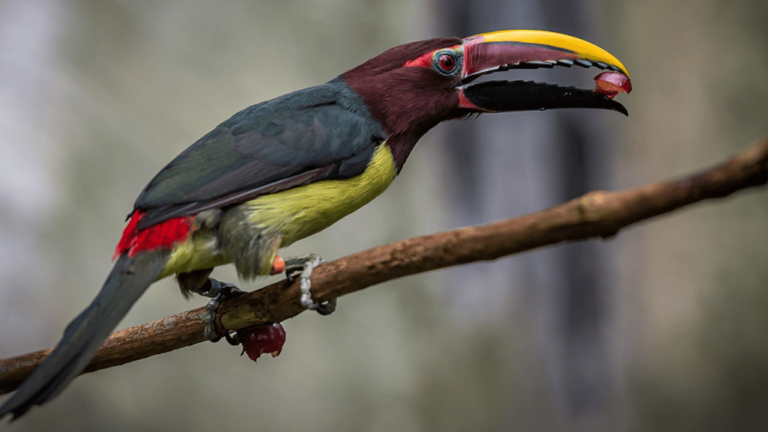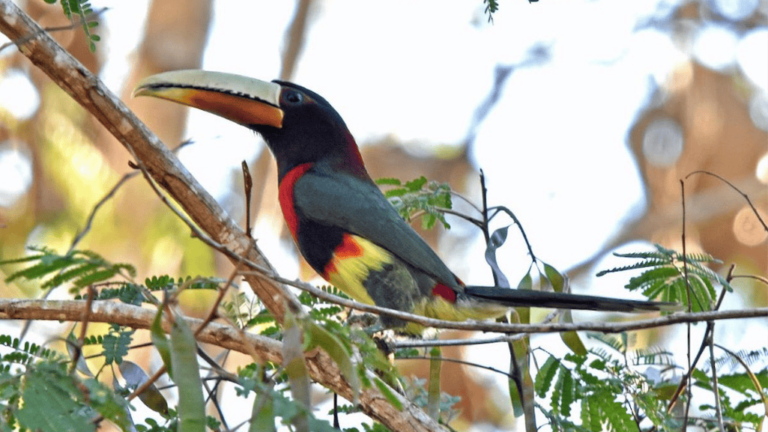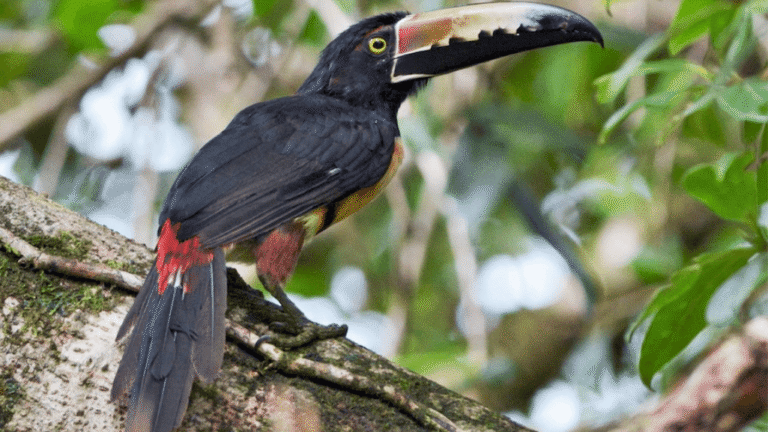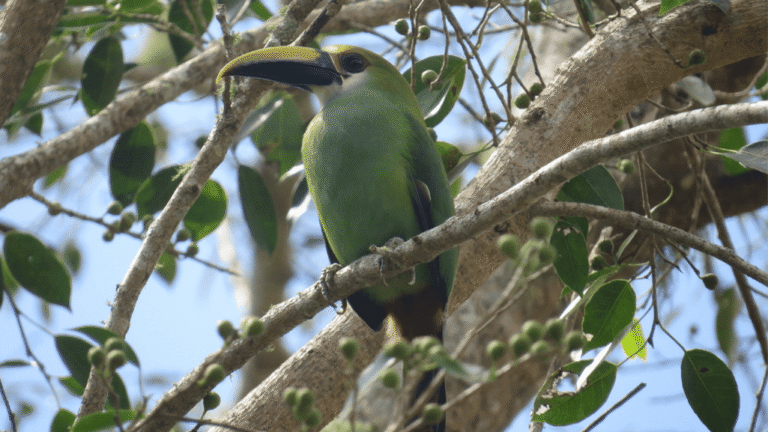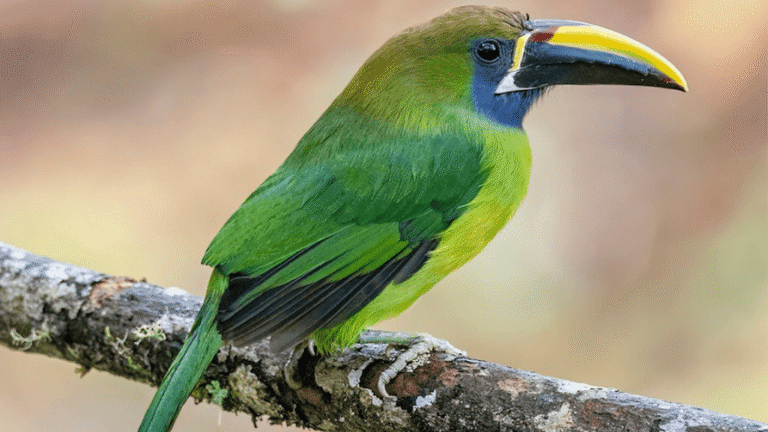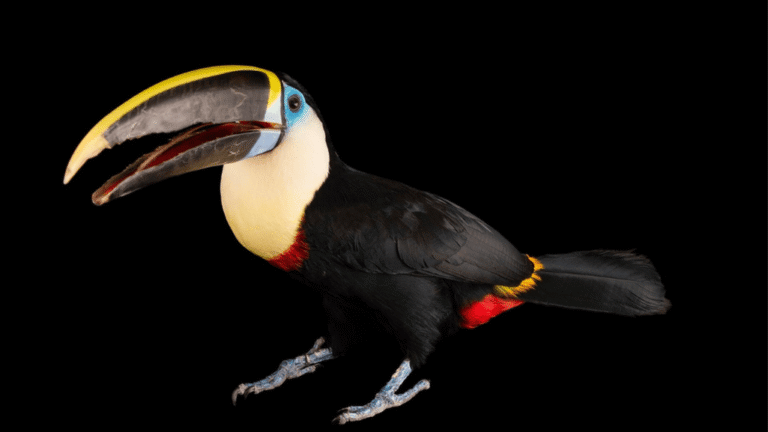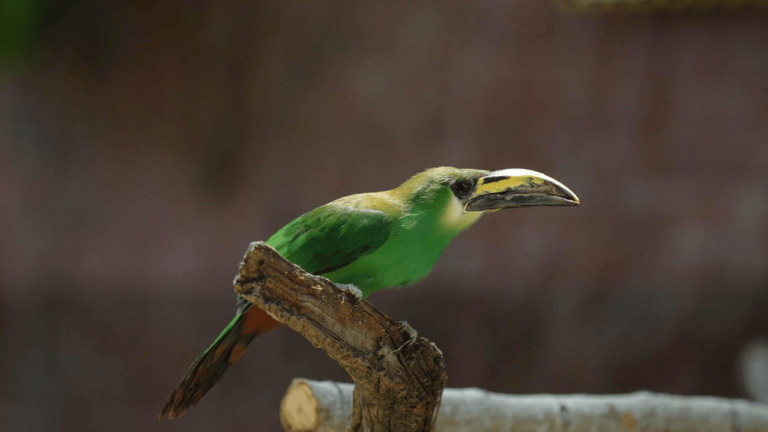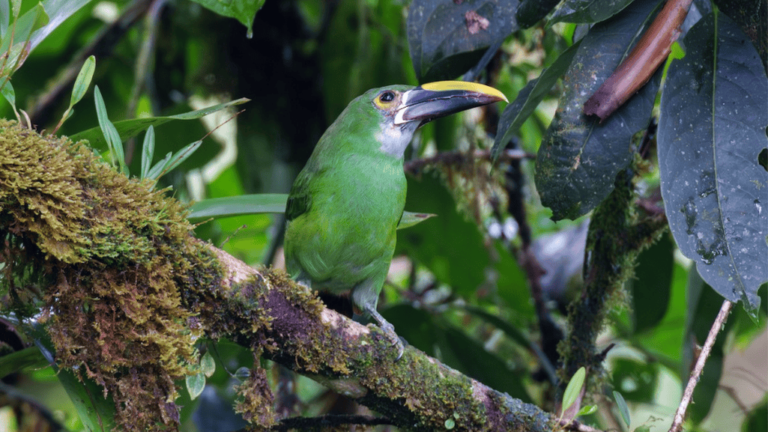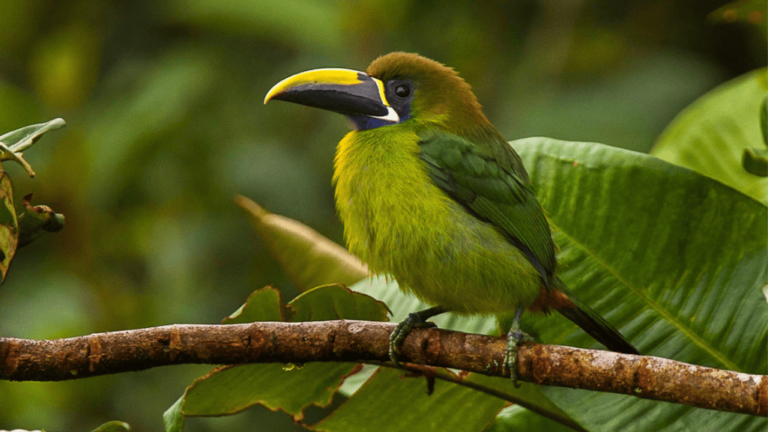The Chestnut-eared Aracari is a captivating bird species native to South America, celebrated for its vibrant and colorful feathers. This tropical beauty can be found in various habitats across the region, showcasing its resplendent plumage and enchanting presence.
With its distinctive appearance and fascinating behaviors, the Chestnut-eared Aracari has captivated the attention of bird enthusiasts and nature lovers worldwide. Let’s explore more about this mesmerizing creature and unravel the mysteries of its existence.
Key Takeaways:
- The Chestnut-eared Aracari is a bird species known for its vibrant and colorful feathers.
- It is native to South America and inhabits tropical habitats.
- This species showcases striking plumage that adds vibrancy to its surroundings.
- Conservation efforts are crucial to ensure the long-term survival of this beautiful bird.
- Communal roosting and varied vocalizations are among the many intriguing behaviors displayed by the Chestnut-eared Aracari.
Characteristics and Behavior
The Chestnut-eared Aracari, also known as Pteroglossus castanotis, is a fascinating bird species with unique characteristics and behaviors. From its dietary preferences to its breeding habits, this aracari species exhibits remarkable qualities that set it apart.
Diet
The Chestnut-eared Aracari has a diverse diet that consists of fruits, insects, and small vertebrates. This omnivorous feeding habit allows it to adapt to its tropical habitat, where it can find an abundance of food sources. By consuming a variety of fruits, the aracari not only satisfies its nutritional needs but also plays a vital role in seed dispersal, promoting forest regeneration.
Breeding Habits
The breeding habits of the Chestnut-eared Aracari are intriguing. During the breeding season, which typically occurs from December to April, these aracaris form monogamous pairs. They engage in elaborate courtship displays, including vocalizations and reciprocal feeding, to strengthen their bond.
To create a suitable nesting site, the aracaris excavate tree cavities in decaying wood. These cavities act as safe havens for their offspring, protecting them from predators. Once the female lays her eggs, both parents take turns incubating them for approximately 16 to 18 days. After hatching, the parents continue to cooperate in raising the chicks, sharing nesting duties and providing food until the young aracaris fledge.
Their commitment to breeding and parental care highlights the strong familial bonds exhibited by the Chestnut-eared Aracari, ensuring the successful continuation of their species.
The Chestnut-eared Aracari’s diet and breeding habits are essential aspects of its intriguing behavior. As this bird species continues to captivate researchers and bird enthusiasts alike, further studies are necessary to unravel more details about its fascinating characteristics.
Conservation Status
The conservation status of the Chestnut-eared Aracari is of utmost importance to ensure its long-term survival. Currently, the species is classified as stable, indicating that its population is relatively secure. However, despite this favorable status, the Chestnut-eared Aracari faces potential threats that need to be addressed.
One of the significant concerns for the conservation of this bird species is deforestation. As human activities continue to encroach upon the tropical habitats where the Chestnut-eared Aracari resides, the loss of trees and vegetation poses a severe risk. The destruction of nesting sites and decreased availability of food sources can impact their breeding success and overall population.
Habitat loss is closely intertwined with deforestation and presents another challenge to the conservation efforts for the Chestnut-eared Aracari. The expansion of agriculture, urbanization, and logging activities contributes to the diminishing natural habitat of these birds. Without suitable environments to thrive in, their population could decline. It becomes crucial to prioritize habitat restoration and protection to support the long-term viability of this species.
Conservation initiatives that target the preservation of the chestnut-eared aracari and its habitat are imperative. Efforts to raise awareness, educate local communities, and implement sustainable practices will contribute to the safeguarding of this charismatic bird species. Collaborative engagements between conservation organizations, governmental bodies, and local communities are essential for creating effective conservation strategies.
Interesting Facts
When it comes to the Chestnut-eared Aracari, there are some fascinating bird facts that make it truly unique. Let’s explore these interesting features:
Communal Roosting
The Chestnut-eared Aracari has a distinct habit of roosting communally, often seen sharing the same tree cavity with other bird species. This behavior showcases their social nature and demonstrates their ability to coexist harmoniously with other birds.
Vocal Species
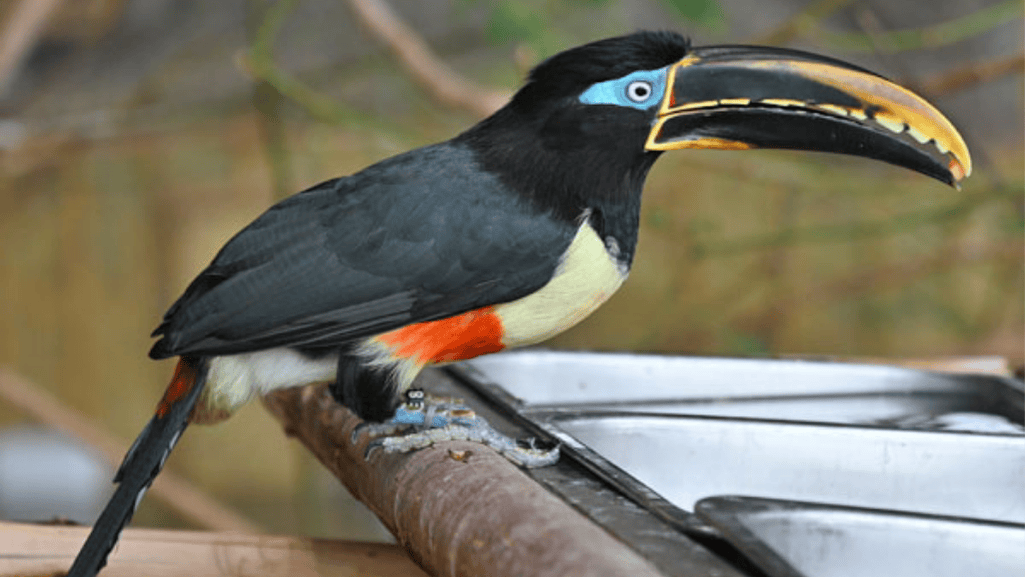 The Chestnut-eared Aracari is known for being a vocal bird species. They produce a wide range of calls and vocalizations, which they use for communication and territorial displays. Their vocal repertoire adds to their charismatic nature and makes them a delight to encounter in the wild.
The Chestnut-eared Aracari is known for being a vocal bird species. They produce a wide range of calls and vocalizations, which they use for communication and territorial displays. Their vocal repertoire adds to their charismatic nature and makes them a delight to encounter in the wild.
With its communal roosting behavior and melodic vocalizations, the Chestnut-eared Aracari captures the imagination of bird enthusiasts. These intriguing bird facts add to the allure of this magnificent species.
Conclusion
The Chestnut-eared Aracari, a captivating bird species native to South America, enchants bird enthusiasts with its vibrant feathers and intriguing behaviors. This stunning avian creature not only adds a splash of color to its tropical habitats but also captivates observers with its unique characteristics.
Efforts to conserve the habitat of the Chestnut-eared Aracari are of utmost importance to ensure the long-term survival of this remarkable bird species. As deforestation and habitat loss threaten its existence, it is imperative to take action and protect the natural environments it calls home.
The colorful plumage and distinctive behaviors of the Chestnut-eared Aracari make it a cherished symbol of South American biodiversity. By conserving its habitat, we not only safeguard the future of this remarkable bird but also contribute to the preservation of the delicate ecosystems it inhabits. Let us cherish and protect the Chestnut-eared Aracari, ensuring the continued existence of this captivating bird species for generations to come.
FAQ
Where is the Chestnut-eared Aracari found?
The Chestnut-eared Aracari is found in South America.
What makes the Chestnut-eared Aracari unique?
The Chestnut-eared Aracari is known for its vibrant and colorful feathers, which make it visually striking.
What type of habitats does the Chestnut-eared Aracari prefer?
The Chestnut-eared Aracari inhabits tropical habitats.
What does the Chestnut-eared Aracari eat?
The Chestnut-eared Aracari has a varied diet, feeding on fruits, insects, and small vertebrates.
How does the Chestnut-eared Aracari breed?
The Chestnut-eared Aracari breeds in tree cavities and forms monogamous pairs during the breeding season.
What is the conservation status of the Chestnut-eared Aracari?
The conservation status of the Chestnut-eared Aracari is currently stable.
What are the potential threats to the Chestnut-eared Aracari?
Deforestation and habitat loss in its range are potential threats to the Chestnut-eared Aracari.
Does the Chestnut-eared Aracari roost communally?
Yes, the Chestnut-eared Aracari has the unique habit of roosting communally, often with other bird species.
How vocal is the Chestnut-eared Aracari?
The Chestnut-eared Aracari is a vocal species, producing a variety of calls and vocalizations.
Why is conserving the Chestnut-eared Aracari habitat important?
Efforts to conserve the Chestnut-eared Aracari’s habitat are crucial for the long-term survival of this beautiful bird species.

